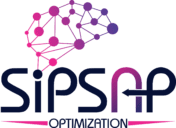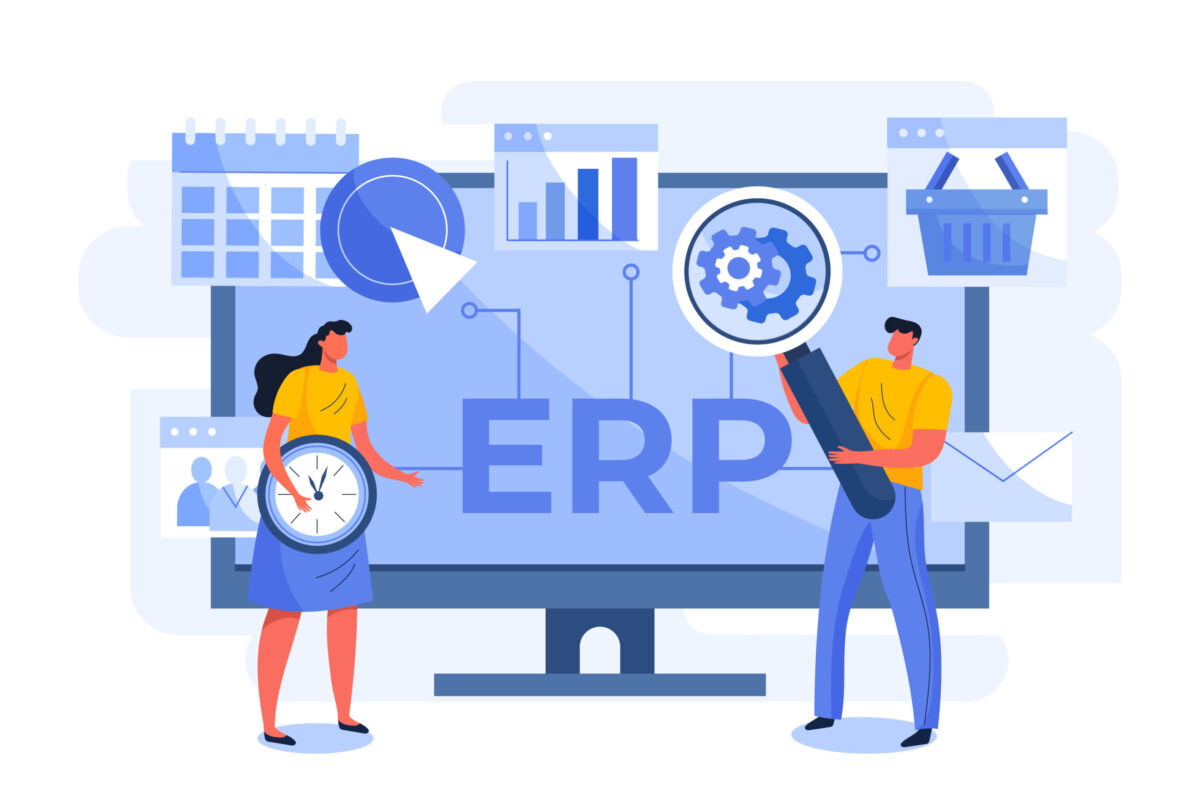Introduction:
Web scraping has become an indispensable tool for extracting valuable insights and data from the vast expanses of the internet. As its applications continue to diversify across industries, understanding the legal implications of web scraping is crucial. In this comprehensive guide, we’ll delve into the legal framework surrounding web scraping, with a particular focus on ethical considerations and recent legal developments. Additionally, we’ll explore the case of SIPSAP.US, shedding light on how legal decisions can impact web scraping activities.
Understanding the Legal Framework
Copyright and Intellectual Property Laws
Web scraping often involves the reproduction of data, raising questions about copyright infringement. To comprehend these challenges, it’s essential to explore cases where web scraping practices have clashed with intellectual property laws.
Terms of Service Agreements
We’ll discuss the significance of reviewing and respecting website terms of service. A thorough examination of key clauses impacting web scraping activities will be crucial for users to stay compliant.
Recent Legal Cases and Precedents
Recent legal cases have set precedents for the legality of web scraping. Analyzing these cases provides insights into the evolving legal landscape and the potential ramifications for those engaged in data extraction activities.
Ethical Considerations in Web Scraping
Responsible Data Usage
We’ll emphasize the importance of responsible data extraction, respecting website owners’ intentions, and ensuring that scraped data is used ethically.
Transparency and Disclosure
This section will outline the need for transparency in web scraping projects, including communicating intent to users and implementing measures for clear disclosure.
Tips for Navigating the Legal Challenges
Seeking Permission
Obtaining explicit permission before engaging in web scraping activities is paramount. We’ll explore best practices for reaching out to website owners and securing the necessary permissions.
Data Privacy Compliance
Addressing data privacy concerns is crucial, especially in the era of regulations like GDPR. This section will provide guidance on ensuring compliance with relevant privacy laws.
Mitigating Legal Risks in Web Scraping Projects
Monitoring Legal Developments
Web scraping practitioners need to stay informed about changes in laws and regulations. This section will offer insights into resources for staying updated and adapting practices accordingly.
Using Scraping Tools Responsibly
We’ll explore scraping tools with built-in compliance features and discuss how users can implement measures to minimize legal risks.
SIPSAP.US Case Study
Drawing from the SIPSAP.US case, we’ll examine how legal decisions can impact web scraping activities. This real-world example will provide practical insights into the challenges and consequences faced by web scrapers.
Conclusion
In conclusion, navigating the legal landscape of web scraping requires a nuanced understanding of copyright laws, terms of service agreements, and ethical considerations. By following best practices, seeking permission, and staying informed about legal developments, web scrapers can operate responsibly and contribute to the responsible use of valuable online data. The SIPSAP.US case serves as a reminder of the evolving nature of web scraping legality and the need for practitioners to stay vigilant and adaptable.















